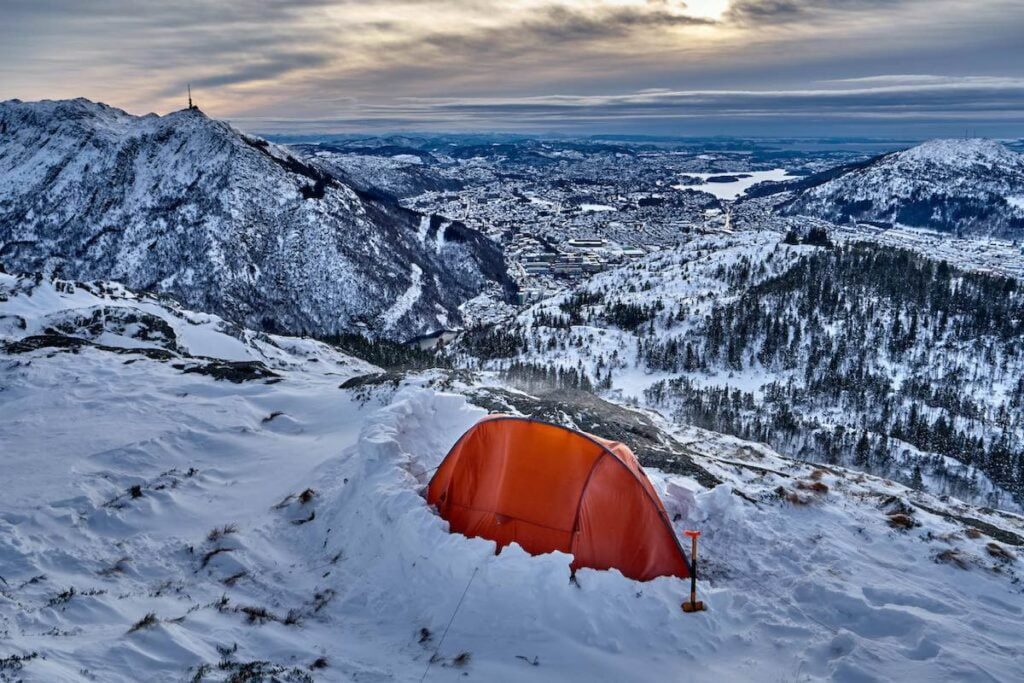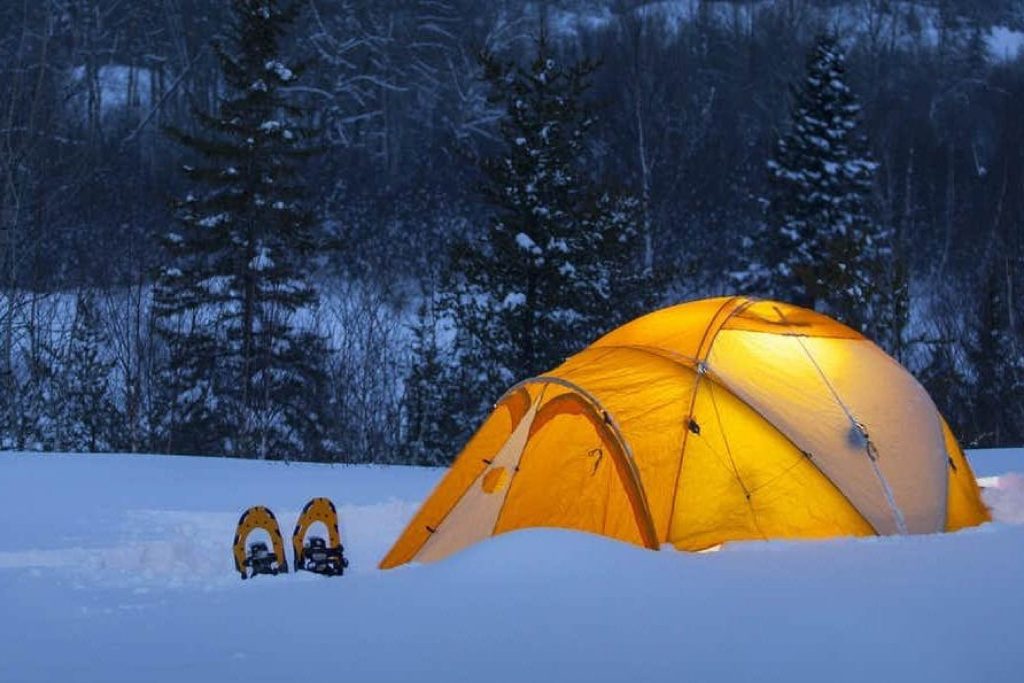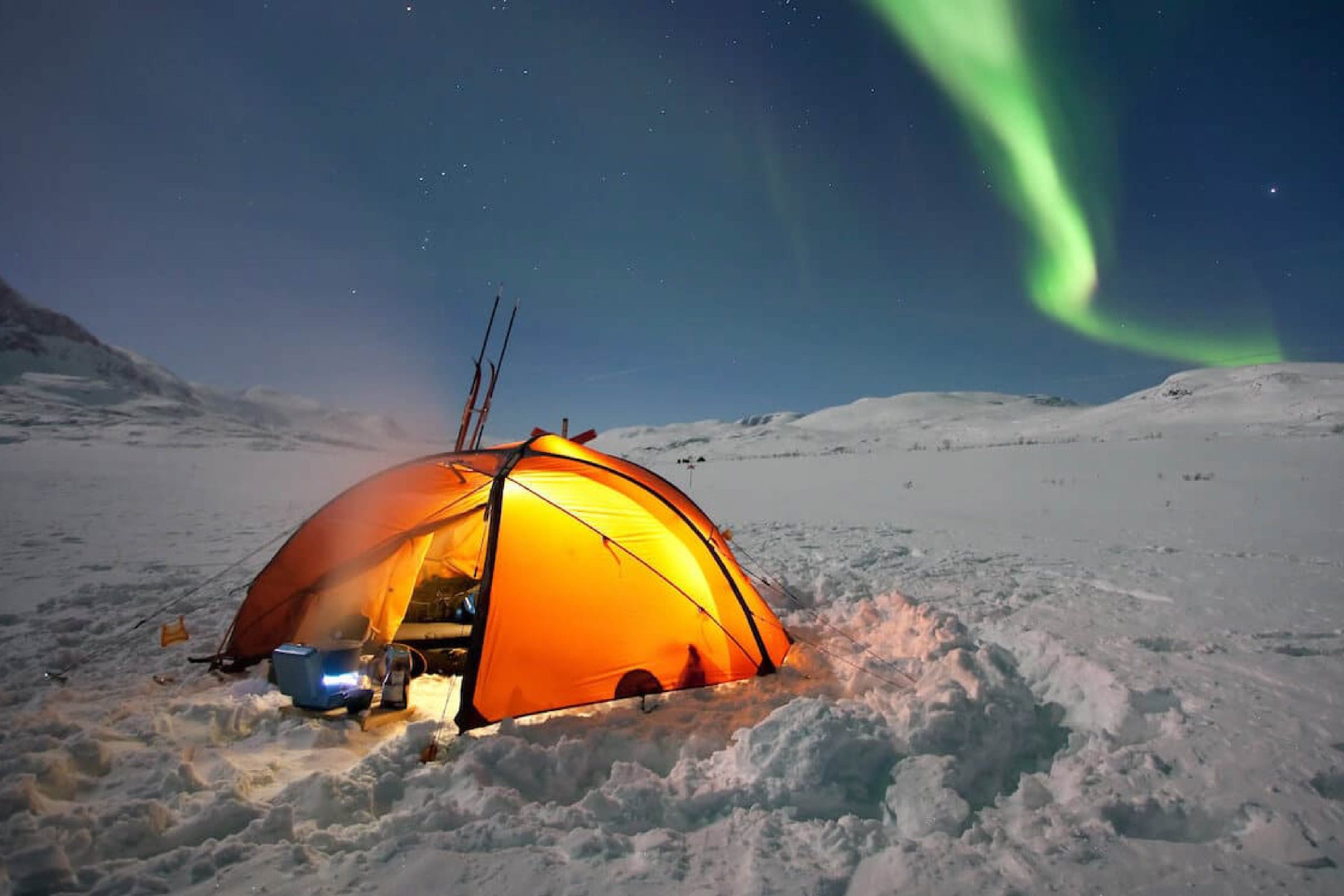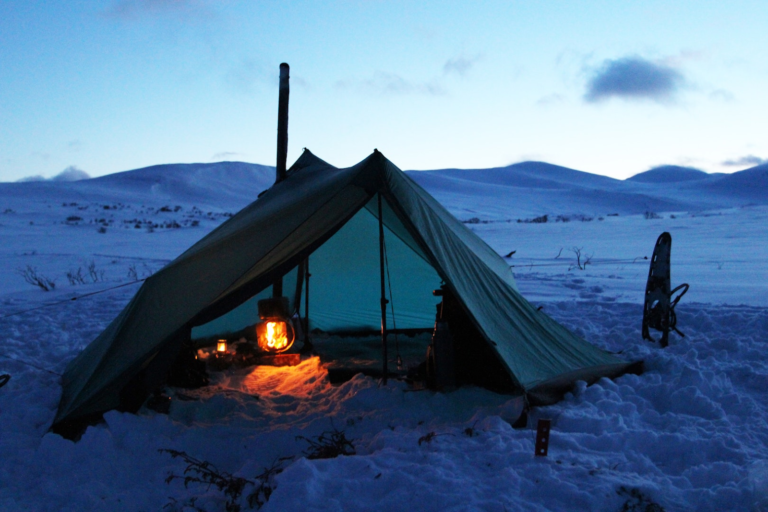How to Insulate A Tent for Winter Camping: Essential Tips for Staying Warm and Cozy
Are you an adventurous soul who loves camping, even during the winter months? Winter camping offers a thrilling experience. However, it’s crucial to learn about how to insulate a tent for winter camping for your warmth and comfort in the chilly weather.
One of the key aspects of winter camping is appropriately insulating your tent to create a cozy and insulated space. In this article, we will guide you through learning how to insulate a tent for winter camping. By following these steps, you can enjoy the beauty of nature while staying warm and protected.
Table of Contents
How to Insulate A Tent for Winter Camping: Importance of Insulation

Insulation creates a barrier that prevents heat from escaping and cold air from entering. It acts as a buffer between the interior of the tent and the harsh outdoor conditions. By reducing heat loss, insulation helps to create a cozy and inviting environment inside the tent.
The outside temperature can drop significantly during winter camping, especially at night. With adequate insulation, the tent can become warm and comfortable, making it easier to sleep or relax. Insulation plays a crucial role in winter camping. It helps trap the warm air your body generates and any heat sources inside the tent. This creates a thermal barrier that keeps you comfortable throughout the night.
How to Insulate A Tent for Winter Camping: Choose the Right Tent

Start by selecting a tent that is suitable for winter camping. Look for a four-season tent designed to withstand cold and harsh weather conditions. Four-season tents are typically made of durable materials. It features a sturdy construction to handle snow loads and strong winds. They also have better insulation properties compared to regular three-season tents.
Prepare the Tent Site
Before setting up your tent:
- Prepare the site to maximize insulation.
- Clear the ground of any rocks, twigs, or debris that could create discomfort or puncture the tent floor.
- Choose a spot with natural windbreaks like trees or rocks to provide additional protection against cold gusts of wind. These natural barriers can help reduce heat loss and create a more sheltered the environment inside the tent.
Use a Tent Footprint or Groundsheet
Place a tent footprint or a groundsheet under your tent to provide an extra insulation layer between the tent floor and the cold ground. This helps prevent heat loss through conduction and adds a barrier against moisture. A tent footprint or groundsheet protects the tent floor from abrasions and helps extend its lifespan.
Insulate the Tent Floor
To insulate the tent floor, use foam camping mats or thermal blankets. Lay them down inside the tent before setting up your sleeping area. These insulating layers will create a buffer between your sleeping bag and the cold ground, reducing heat loss and providing added comfort. Ensure the mats or blankets cover the entire floor area to maximize insulation.
Add Insulation to the Tent Walls
To enhance insulation, line the tent walls with insulating materials. One practical option is attaching thermal or emergency blankets to the interior walls using clips or hooks.
These reflective blankets trap heat inside the tent and prevent it from escaping. Additionally, you can hang thick curtains or blankets along the tent walls to create an extra insulation layer.
Seal the Tent
To minimize drafts and heat loss:
- Ensure that your tent is sealed correctly.
- Check for any gaps or openings and use weatherproof tape or sealant to seal them.
- Pay special attention to the tent’s doors, windows, and seams. By sealing these areas, you can prevent cold air and warm air from escaping, maintaining a comfortable temperature inside the tent.
Use a Tent Heater
For extreme cold conditions, consider using a tent heater. Portable tent heaters designed explicitly for camping can provide an additional source of warmth. However, carefully using them with caution and following the manufacturer’s instructions is crucial. Never leave the heater unattended, and ensure proper ventilation to prevent the buildup of carbon monoxide.
Stay Prepared and Dress Appropriately
Even with proper tent insulation, staying prepared and dressing appropriately for winter camping is essential. Layer your clothing, wear thermal socks, and invest in high-quality cold-weather sleeping bags and insulated sleeping pads. In addition, it’s a good idea to keep a stash of warm blankets and extra layers inside the tent. This way, you’ll have them readily available if you need extra warmth during the night.
How to Insulate A Tent for Winter Camping: Bottom Line
Winter camping can be an extraordinary experience. It allows you to connect with nature in a unique way. You can immerse yourself in the serene beauty of snow-covered landscapes. Properly insulating your tent ensures a comfortable and cozy camping adventure in winter. Remember to choose a suitable tent and prepare the tent site. Add insulation to the tent floor and walls, and seal any openings.
Also, consider using a tent heater if necessary. Stay prepared, dress appropriately, and prioritize safety throughout your winter camping trip. Now, armed with these tips, enjoy the magic of winter camping while staying warm and protected.






